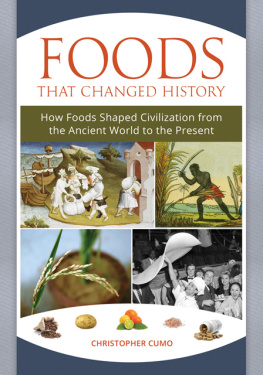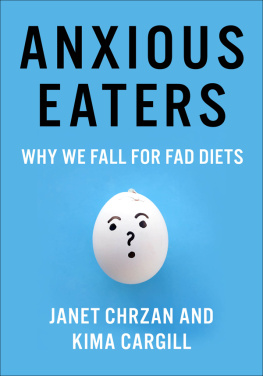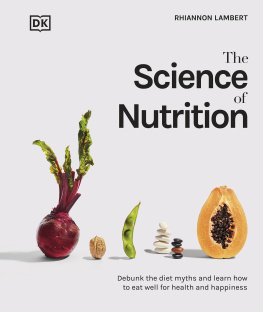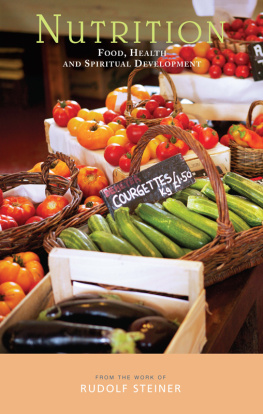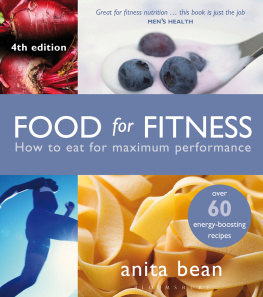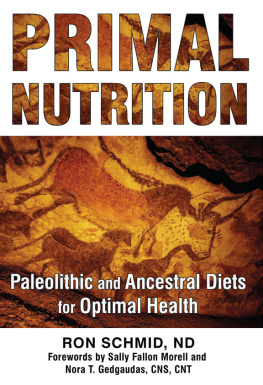Christopher Cumo - Ancestral Diets and Nutrition
Here you can read online Christopher Cumo - Ancestral Diets and Nutrition full text of the book (entire story) in english for free. Download pdf and epub, get meaning, cover and reviews about this ebook. year: 2020, publisher: CRC Press, genre: Romance novel. Description of the work, (preface) as well as reviews are available. Best literature library LitArk.com created for fans of good reading and offers a wide selection of genres:
Romance novel
Science fiction
Adventure
Detective
Science
History
Home and family
Prose
Art
Politics
Computer
Non-fiction
Religion
Business
Children
Humor
Choose a favorite category and find really read worthwhile books. Enjoy immersion in the world of imagination, feel the emotions of the characters or learn something new for yourself, make an fascinating discovery.

- Book:Ancestral Diets and Nutrition
- Author:
- Publisher:CRC Press
- Genre:
- Year:2020
- Rating:4 / 5
- Favourites:Add to favourites
- Your mark:
- 80
- 1
- 2
- 3
- 4
- 5
Ancestral Diets and Nutrition: summary, description and annotation
We offer to read an annotation, description, summary or preface (depends on what the author of the book "Ancestral Diets and Nutrition" wrote himself). If you haven't found the necessary information about the book — write in the comments, we will try to find it.
Ancestral Diets and Nutrition — read online for free the complete book (whole text) full work
Below is the text of the book, divided by pages. System saving the place of the last page read, allows you to conveniently read the book "Ancestral Diets and Nutrition" online for free, without having to search again every time where you left off. Put a bookmark, and you can go to the page where you finished reading at any time.
Font size:
Interval:
Bookmark:
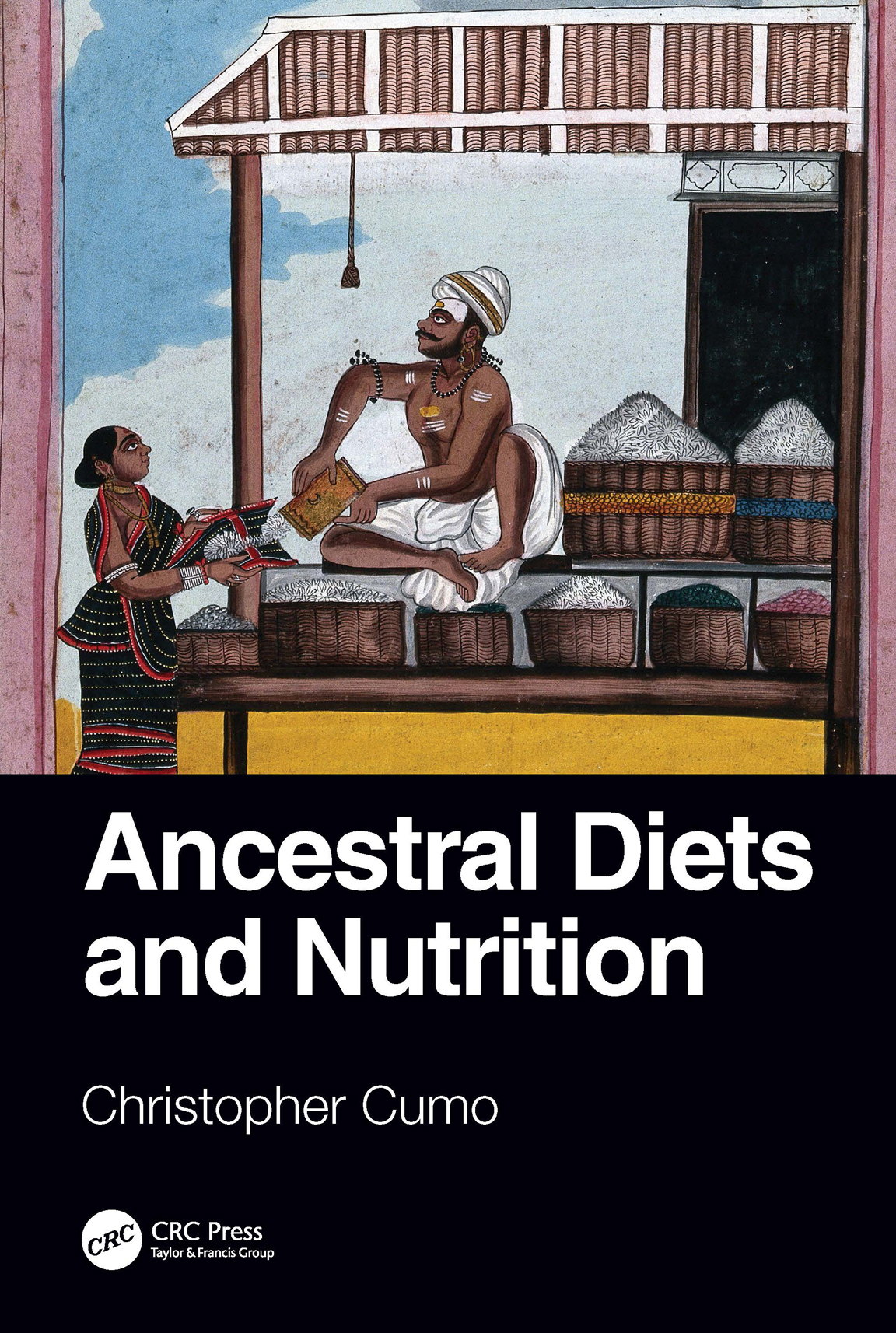
Christopher Cumo

First edition published 2021
by CRC Press
6000 Broken Sound Parkway NW, Suite 300, Boca Raton, FL 33487-2742
and by CRC Press
2 Park Square, Milton Park, Abingdon, Oxon, OX14 4RN
2021 Taylor & Francis Group, LLC
CRC Press is an imprint of Taylor & Francis Group, LLC
Reasonable efforts have been made to publish reliable data and information, but the author and publisher cannot assume responsibility for the validity of all materials or the consequences of their use. The authors and publishers have attempted to trace the copyright holders of all material reproduced in this publication and apologize to copyright holders if permission to publish in this form has not been obtained. If any copyright material has not been acknowledged please write and let us know so we may rectify in any future reprint.
Except as permitted under U.S. Copyright Law, no part of this book may be reprinted, reproduced, transmitted, or utilized in any form by any electronic, mechanical, or other means, now known or hereafter invented, including photocopying, microfilming, and recording, or in any information storage or retrieval system, without written permission from the publishers.
For permission to photocopy or use material electronically from this work, access
Trademark notice: Product or corporate names may be trademarks or registered trademarks, and are used only for identification and explanation without intent to infringe.
ISBN: 9780367235987 (pbk)
ISBN: 9780367236090 (hbk)
ISBN: 9780429280719 (ebk)
Typeset in Times
by codeMantra
.)
This book originated in the happy courtship of the remarkable woman who is now my wife. During this time, she shared with me her interest in food, nutrition, and health. Much of her information came from journalism and best-selling books. Because so many opinions conflicted, she found herself switching from one regimen to another without coming any closer to knowing what foods were healthiest. Such a scenario created bewilderment and dissatisfaction, sentiments common to many Americans who want the greatest vitality without knowing quite how to proceed.
The fact that diet, nutrition, and health are at the core biological matters led me to plan a book on the interrelatedness among these topics partly to combat what may be perceived as a denial of physicality that goes back to the foundations of civilization. British mathematician and philosopher Alfred North Whiteheads (18611947) description of Western philosophy as a series of footnotes to Plato applies to how we understand ourselves in the most fundamental ways. At the root of this understanding is the conviction that a person is not just a body because cognition produces ideas that cannot always be tied to something tangible. For example, someone might ponder the notion of infinity even though everything he experiences is finite. If ideas emanate from beyond the physical, then we must have some metaphysical facultythe intellect for our purposesthat generates these concepts and is separate from the body, itself a chemical machine and thus unambiguously physical.
Greek philosopher Plato (c. 427c. 347 BCE) emphasized the separation between body and intellectusing a term usually translated as soulforcefully enough to create duality between the two. Perhaps nowhere was his ability to engage this topic on greater display than in Phaedo (c. 360 BCE), an account of his mentor Socrates (469399 BCE) execution. Plato, stating his absence on this day, signaled that Phaedo was a literary creation because he was not present to transcribe the discussion among Socrates and his friends.
Facing his end, Socrates thoughts probably turned to death, a circumstance that Plato used to define death as the moment when body and soul parted. If the body causes error by impeding the intellect, then only intellect merits trust. The body is a danger and a detour from reality.
German philosopher Friedrich Wilhelm Nietzsche (18441900) warned against this dualism, in The Birth of Tragedy (1872) contrasting Socrates excessive intellectualism with well-being, overflowing health, and abundance of existence. His perspective deserves consideration in a world where too many people retain Platos disinterest in the body without ever having thumbed through his dialogues. Technology reinforces this attitude because we no longer depend on brawn as premodern peoples did. Today the body occupies a car or elevator, which does the work of moving from one location to another. The body crouches in a chair before a computer monitor, a stance a person adopts several hours each day without any conscious attention to the body and its ceaseless chemical activities. The body has become an extension of inanimate technology rather than a source of kinetic energy and volition.
Disinterest can become distrust of the body, a wariness evident in discomfort with overt sexuality. Although less obvious, distrust may manifest in intrusiveness. Without my soliciting their opinion, neighbors and acquaintances have expressed dismay that I dig my garden with a spade every spring and autumn when the job would be much easier with a rototiller. One neighbor, settling his deceased mothers estate, offered me hers, assuring me that once I tried it, I would discard my spade. Such appeals disconcert me, especially because I should not have to justify my preference for hand tools. After all, I have never tried to dissuade someone from using gasoline, or electric, gadgets or to convince him to trade his automobile for a bicycle, as I have. Nonetheless, the academic dean at the university where I once taught labeled me weird for bicycling to campus. This comment, coming from a man otherwise progressive on economic and social issues, demonstrates the limits of tolerance for physicality in a world in which technology trumps it. These circumstances compel the inference that modernity defines exertion as abnormal.
This book rejects such nonsense, which has devolved into mental and physical atrophy. The following pages attempt to evaluate foods healthfulness in an effort to reclaim corporeality and the vitality that everyone claims to want but that many people believe eludes them in some way. This evaluation amasses data from prehistory and history by examining what past peoples ate and how healthy or ill they were. The first chapter describes this method and its limitations. treat fruits and vegetables, respectively, and the last chapter highlights this books findings in hopes that readers integrate them into the daily routine.
Robert S. Brumbaugh, The Philosophers of Greece (Albany: State University of New York Press, 1981), 133.
Plato, Phaedo, in Great Dialogues of Plato, trans. W. H. D. Rouse (New York and Scarborough, Ontario: New American Library, 1956), 462.
F. M. Cornford, Before and After Socrates (Cambridge, UK: Cambridge University Press, 1932), 54-56, 75-77.
Plato, 467.
Ibid., 470.
Ibid., 468.
Ibid.
Friedrich Nietzsche, The Birth of Tragedy, trans. Douglas Smith (Oxford and New York: Oxford University Press, 2000), 3-4.
Friedrich Nietzsche,
Font size:
Interval:
Bookmark:
Similar books «Ancestral Diets and Nutrition»
Look at similar books to Ancestral Diets and Nutrition. We have selected literature similar in name and meaning in the hope of providing readers with more options to find new, interesting, not yet read works.
Discussion, reviews of the book Ancestral Diets and Nutrition and just readers' own opinions. Leave your comments, write what you think about the work, its meaning or the main characters. Specify what exactly you liked and what you didn't like, and why you think so.

